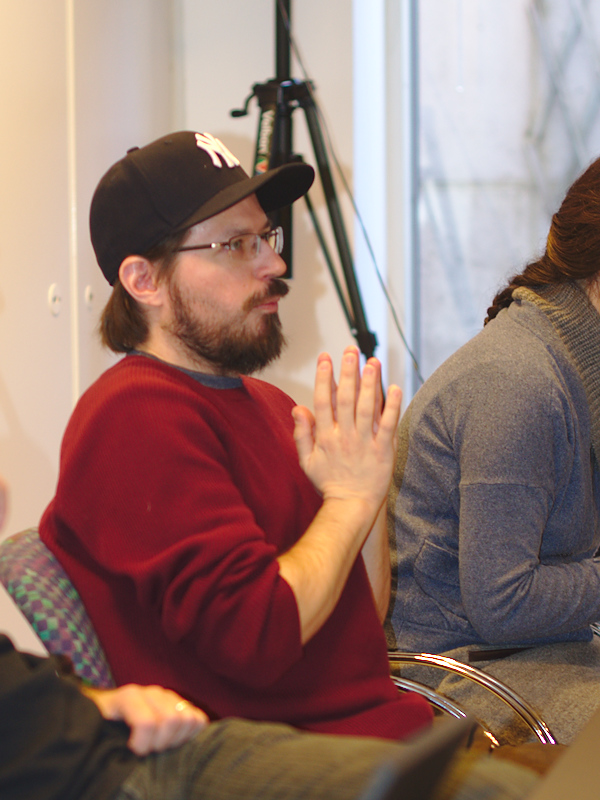Xtables2
xtables 2 suppress the different tables that exits in current Netfilter. If a rule only apply to a specific type of traffic (read owner id match per-example) then it just don’t match.
One of the interest to have one single table is that it is possible to easily update the ruleset by just doing a single atomic swap.
Manual chains can be created by hand as there are very useful to create factorized rules.
To avoid performance issue, rules counter are disabled by default and can be activated on rules.
Discussion
There is a discussion between Patrick McHardy and Jan Engelhardt over the blob usage in xtables2. The point of Jan is that blob should provide a better CPU cache usage than a dynamically allocated structure. Patrick points out that this will make the state swap difficult and it occurs that the state of matches needing one are not stored in the blob but in allocated memory. So for Patrick it breaks the initial idea.
Jan restarts the discussion that was interrupted on the ML. Patrick and Pablo insist on the lack of jump in current xtables2 implementation. And they ask for the availability of some interesting features of nftables. Jan argues that this can be done and that there is already a good documentation of xtables2 but not for nftables.
This continues in a sterile discussion where Jan argues he can develop the features if all parts agreed on xtables2’s starting patches. He’s answered that the real interesting things is the features.
Eric Dumazet makes an interesting point on asking for benchmarks. If he’s got numbers he will have some real information to decide. Holger Eitzenberger is asking for both party to agree on complete testing modality.
Victor Julien asked Jan if backward compatibility will be provided and Jan is answering that this could be done but that it is not important to him. David Miller answered that backward compatibility is the thing that is important for users.
Jan agree that xtables2 does not currently take into account the code redundancy issue that is severe in the different matches and that is fixed by nftables. He talked about using nftables code…
Performance benchmarking is almost agreed and may occurs soon but in its current state xtables2 can not compete to nftables features.



